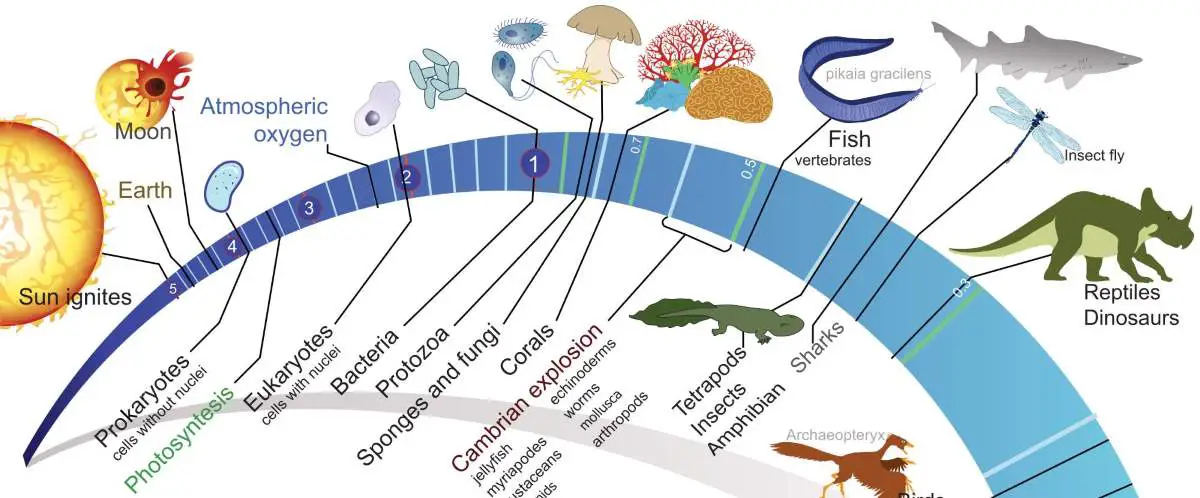LIFE AND IT’S EVOLUTION
Planet Earth is home to millions of species of life, including ourselves. It is unique in the Solar System because it is the only planet which is able to support a great variety of life: from basic living micro-organisms to highly sophisticated and intelligent human beings. The planet provides the necessary resources and products to support the biosphere that can support the global living organism’s population. Yet, what factors allow Earth to sustain life? Life as we recognize it requires specific conditions to exist. The most basic of these conditions include components needed by living creatures such as water, nutrients, an energy source, and the right atmosphere and climate. Humans need to breathe oxygen and can survive in moderate temperatures- not too cold and not too hot. The atmosphere is like the Earth’s blanket, keeping it warm and protected. Other planets that we know of do not have the same conditions as Earth, so if life were to be present on other planets they would be adapted to that planet’s unique environment. Living things on Earth have adapted to this planet’s atmosphere, therefore we need the specific composition of Earth’s atmosphere to survive.
Life as we recognize it requires specific conditions to exist. The most basic of these conditions include components needed by living creatures such as water, nutrients, an energy source, and the right atmosphere and climate. Humans need to breathe oxygen and can survive in moderate temperatures- not too cold and not too hot. The atmosphere is like the Earth’s blanket, keeping it warm and protected. Other planets that we know of do not have the same conditions as Earth, so if life were to be present on other planets they would be adapted to that planet’s unique environment. Living things on Earth have adapted to this planet’s atmosphere, therefore we need the specific composition of Earth’s atmosphere to survive.
The evidence is overwhelming that all life on Earth has evolved from common ancestors in an unbroken chain since its origin. Darwin’s principle of evolution is summarized by the following facts. All life tends to increase: more organisms are conceived, born, hatched, germinated from seed, sprouted from spores, or produced by cell division (or other means) than can possibly survive. Each organism so produced varies, however little, in some measurable way from its relatives. In any given environment at any given time, those variants best suited to that environment will tend to leave more offspring than the others. Offspring resemble their ancestors. Variant organisms will leave offspring like themselves. Therefore, organisms will diverge from their ancestors with time. The term natural selection is shorthand for saying that all organisms do not survive to leave offspring with the same probability. Those alive today have been selected relative to similar ones that never survived or procreated. All organisms on Earth today are equally evolved since all share the same ancient original ancestors who faced myriad threats to their survival. All have persisted since roughly 3.7 billion to 3.5 billion years ago during the Archean Eon (4 billion to 2.5 billion years ago), products of the great evolutionary process with its identical molecular biological bases. Because the environment of Earth is so varied, the particular details of any organism’s evolutionary history differ from those of another species in spite of chemical similarities.
PRESENTED BY:- Priyambada sahoo